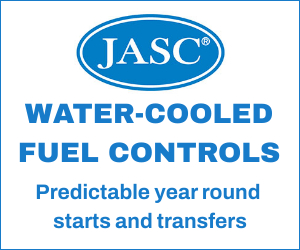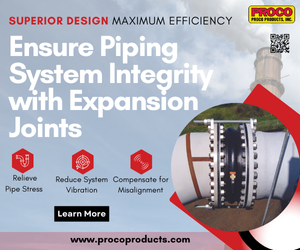The road to net zero carbon by, well, pick your date, 2030, 2035, 2050, is paved with pledges, promises, mandates, and political rhetoric, but the landscape will most surely be dotted with gas-fired combined cycles making megawatt-hours when the variable renewable resources are not, according to Jeff Schleis, gas-turbine product manager, EthosEnergy.
In a recent webinar, Schleis reviewed net-zero-carbon trends at the national level, offered some insight gleaned from Black & Veatch’s Annual Strategic Directions Report (a survey of industry leaders on top-of-mind issues and investment scenarios), and compiled three recent net-zero forecasts on one graph. Register here to view the recording.
Upshot of the last is that variable generation could exceed firm in less than 20 years. That represents opportunity for gas-fired combined cycles, but you have to be intentional about it. Schleis advocates conducting a thermal performance audit (TPA) to identify the gaps in performance, or where an older plant can extract additional value.
Equipment degrades over time, he said; the goal of the TPA is to analyze historical operating data and glean info from the operators to build a plant model that captures current equipment condition. Then you compare existing performance to original design, and individual turbines to each other, to determine where the gaps are, and what investment is required to close those gaps and extract the dollars.
The balance of Schleis’ slides is a deep dive into a case study on a 4 × 2 plant “designed to be very flexible.” High-level results were presented. The one audience question directly relevant to the presentation queried the time it takes to conduct the example TPA and the “timeframe for improvements.” Schleis answered that the study takes six to eight weeks depending on plant complexity.









